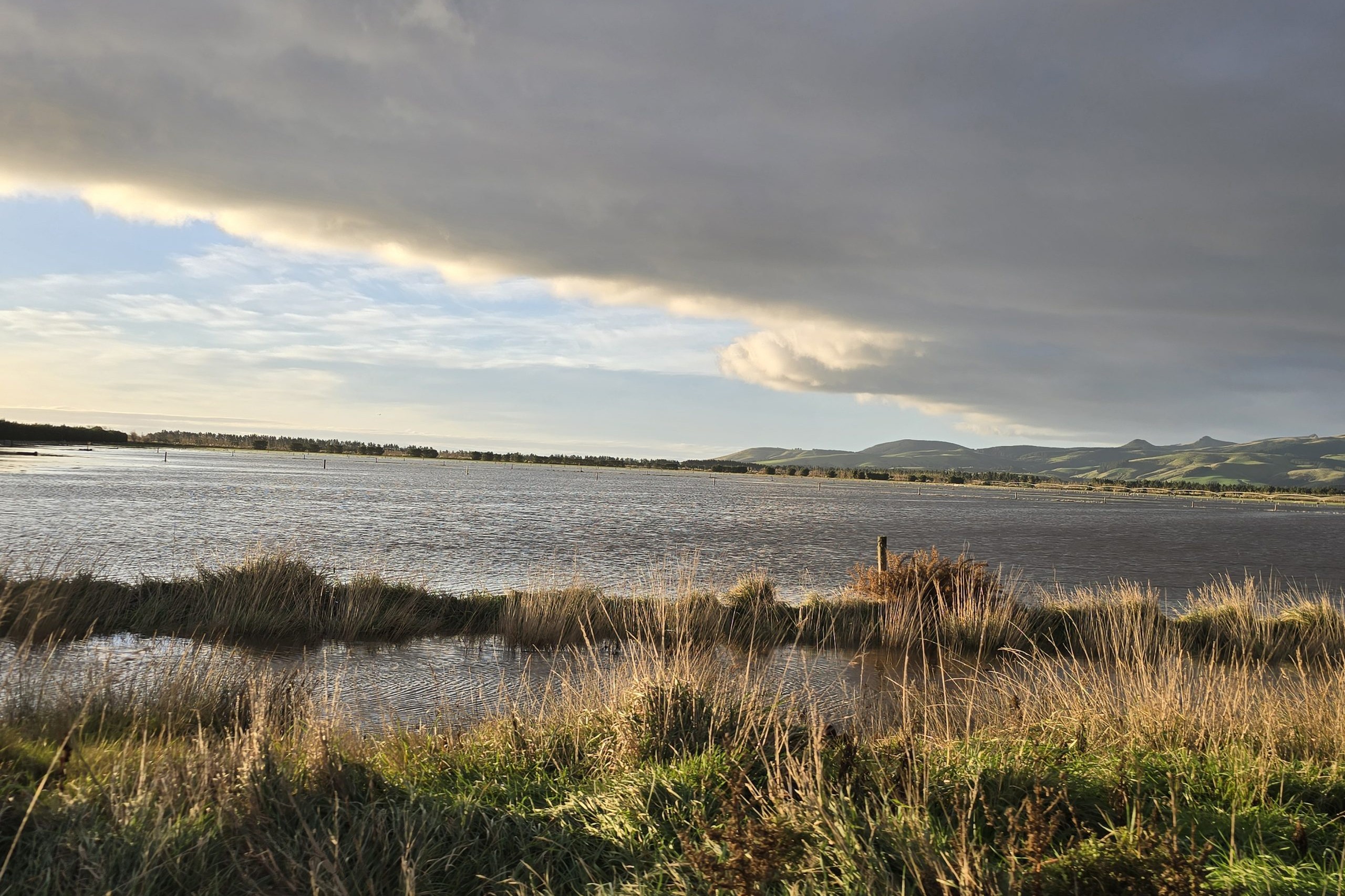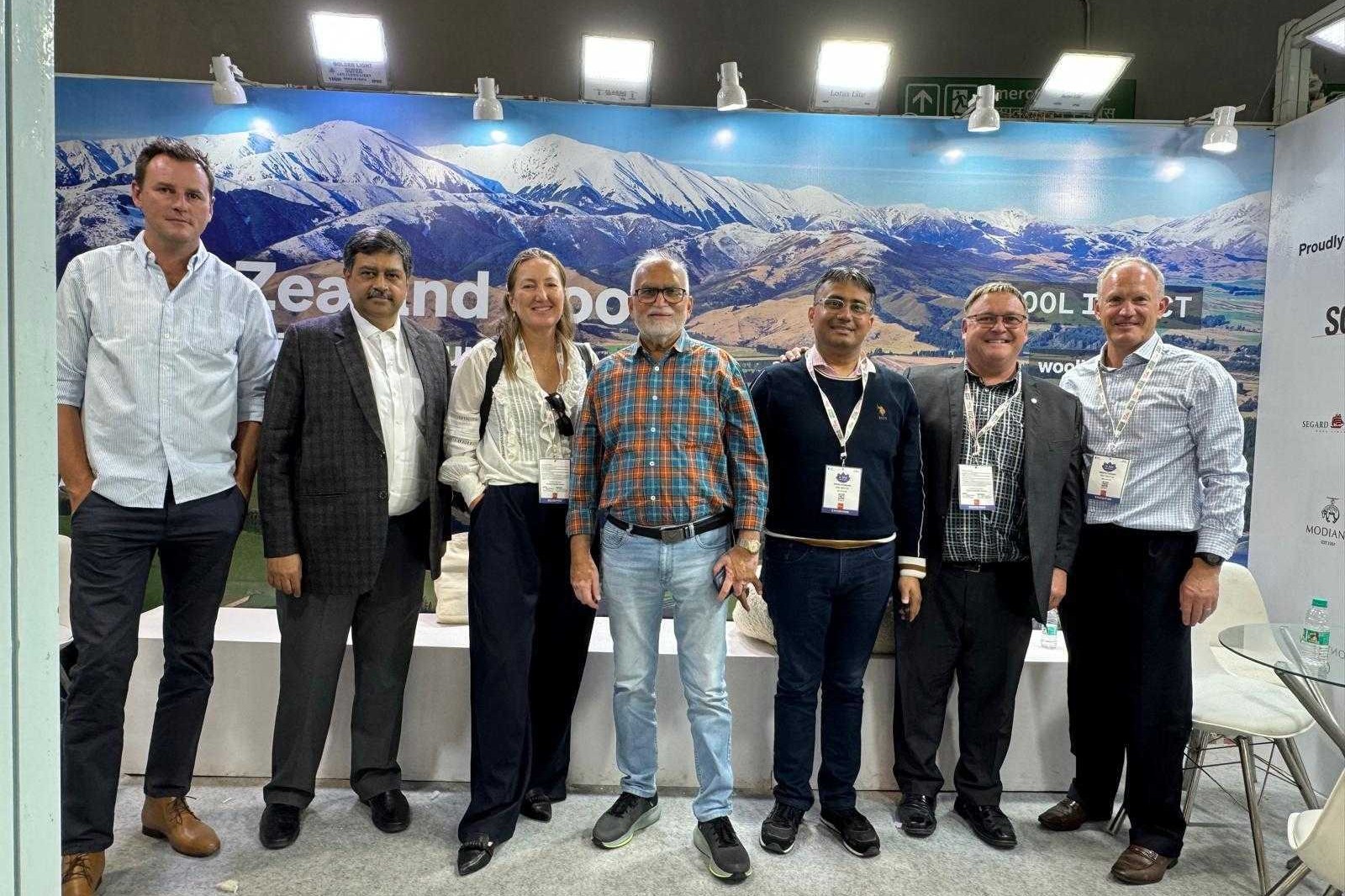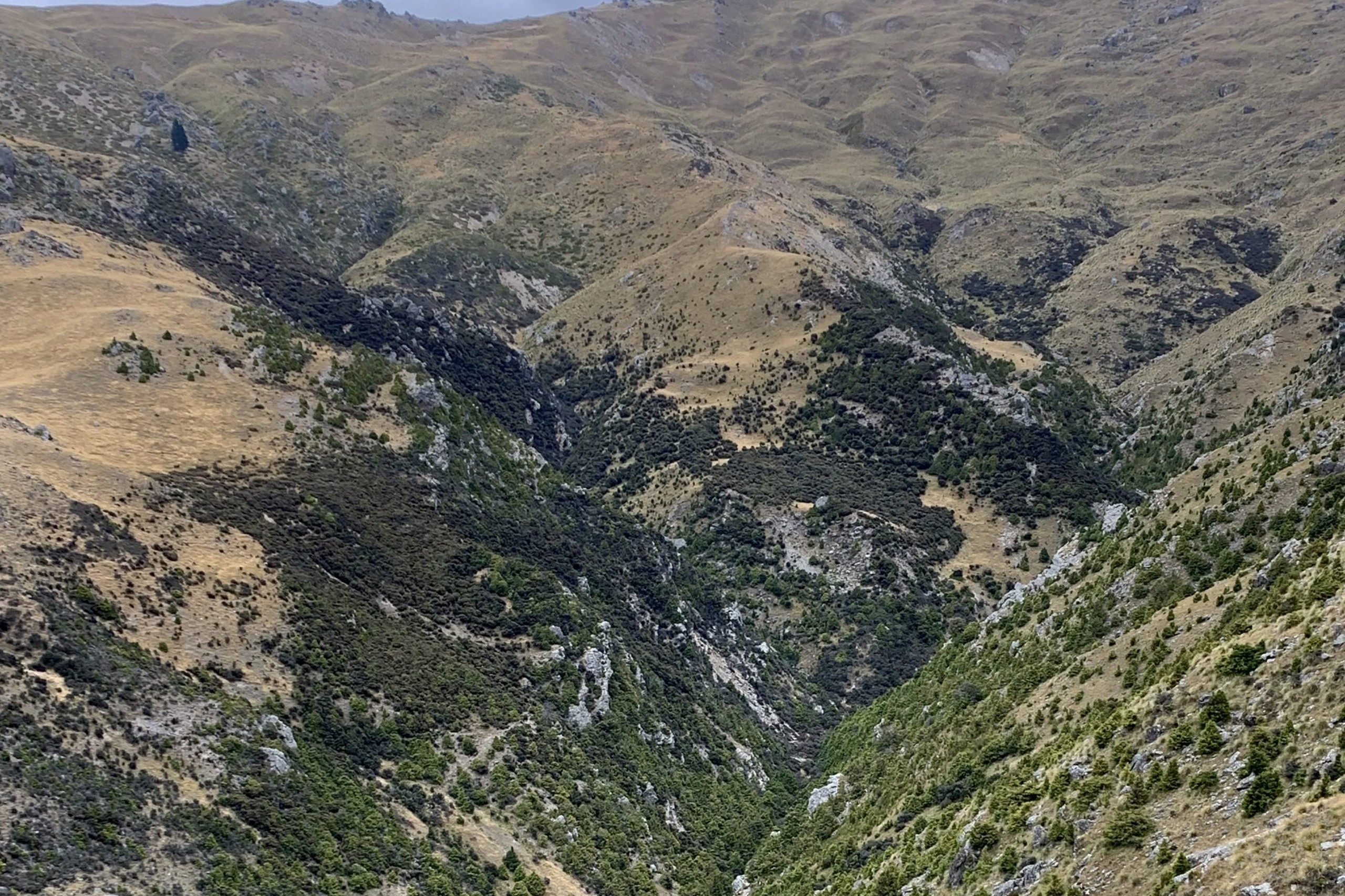As Putin’s war rages
David Walston in Hertfordshire, England, reflects on the war devastating Ukraine and its impact.

David Walston in Hertfordshire, England, reflects on the war devastating Ukraine and its impact.
DO I REALLY NEED TO TELL YOU THE world has gone mad? Of course not. I’ve got a friend with very strong connections to Russia and Ukraine – both farming and personal – and speaking with him over the last month has been quite an experience.
In only a few weeks he went from “Of course Putin won’t invade, this whole thing is being blown up by the West” to “Well, it’s very complicated, but I don’t think it’s really an invasion” to “OMG, he’s gone crazy!”.
Like the rest of the world we sit here, watch, and hope it doesn’t get too much worse.
It has only been a few years since I visited the Black Sea area – with the friend mentioned above – to see how the farms operated out there. What really struck me were the contradictions in how everything worked.
The fields were huge, rectangular, and incredibly efficient to work, but they were often farmed in a terribly inefficient way. The soil was deep, black, highly fertile, but smashed to pieces with completely unnecessary over-cultivation. Labour was very cheap, but the farms had hugely bloated workforces, at least a third of whom were solely there in order to fill in paperwork for bureaucrats.
Although they have hugely increased production in the last decade or so, it’s obvious that the latent potential is even greater, and what would that do to the viability of our farms in the United Kingdom, Europe, or New Zealand?
For the time being though, their situation has made our wheat prices go through the roof, and I recently sold some basic feed wheat for early harvest movement at £245/tonne, easily the highest price that I’ve ever achieved. At least for the time being, the commodity prices are keeping pace with input cost inflation. 2020/21 was a decent year financially because we sold at high prices having grown with cheap inputs. The worry is that at some point, the opposite will happen – how bad will things be then?
On the farm it’s a bit of a mixed bag. Some of the wheat looks excellent, and some of it is mediocre at best. It turned out that we planted a couple of fields significantly too deep (at least partly my fault), and so emergence was highly compromised.
In the worst block, we only had about 25% of seeds make it to daylight. Luckily there are still adequate numbers to get a yield; indeed I remember from visiting New Zealand that you guys tend to favour much lower plant populations than we do, so perhaps I should pretend I’m farming on the Canterbury Plains.
One pleasant surprise has been that the price of fungicides seems to have hardly moved since last year. Given that the cost of glyphosate has roughly quadrupled – if you can get it at all – I had feared all the other sprays would be doing similar. Glyphosate is about £150 ($NZ288) per 20L. OSR price is somewhere about £650 ($NZ1248) per tonne plus premiums.
Oilseed rape has been a real headache, with clouds of pigeons attempting to demolish it since well before Christmas. We’ve had a guy working almost full time trying to chase them away, he thinks it is the worst pigeon problem there has ever been.
Unfortunately they aren’t the only pest we have to deal with, as there are large numbers of cabbage stem flea beetle larvae infesting the stems as well. How big a problem this turns out to be will only become apparent as we go through the spring, and pray for rain to help the plants grow through the damage.
The price for oilseed rape is even higher than it is for wheat, so we don’t need a huge yield to make it viable – but how good would 4t/ha be? A pipe dream these days, unfortunately.
The rest of the rotation is looking a bit thin these days, with only winter beans (looking excellent) and two spring crops (oats and peas, still yet to be planted) making up the rest of the farm. This does worry me a bit, and I was always jealous when looking around NZ farms at the wide variety of break crops they could grow, especially for those farmers producing vegetable seed crops.
We have tried quite a few other ideas, but nothing seems to work terribly well. It’s certainly something we need to solve at some point, but who knows when that will be?




